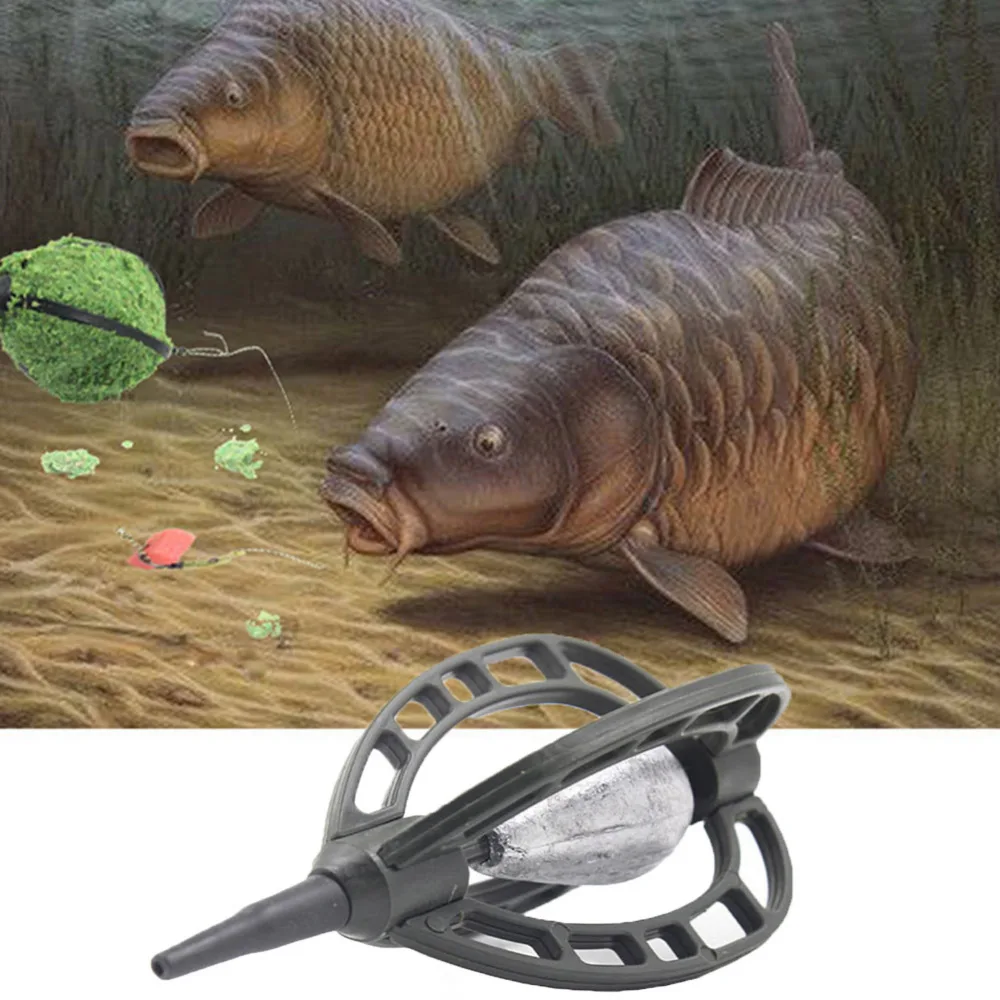

Feeder catfish full#
Fish can compensate for all or part of the weight loss during a short period of not feeding when you resume full feeding. The increased feed consumption in fish fed less frequently than daily on days fed is mainly the result of compensatory growth, or at least a partial compensatory growth.

Our data have shown that fish fed every other day or every third day consume up to 50 percent and 65 percent more feed on days fed, respectively, compared to fish fed once daily all they will eat. Once Every Other Day or Third Day – Although we recommend that catfish grown for food be fed once daily, feeding less frequently than daily may be called for under certain circumstances. It is likely that feeding twice daily increases feed conversion because, if the feeder is not careful, feed can be easily wasted by overfeeding. Although fish fed twice daily were offered more feed than fish fed once daily, the extra feed fed was not completely converted into weight gain. Research has shown that feeding food fish twice daily is not necessarily beneficial. Twice Daily – Generally, feeding once daily is satisfactory for food fish grow out. We also found that total feed input, net production, weight gain, and feed conversion were about the same when fish were fed as much as they would eat or fed at a “cut-off” rate of no more than 120 pounds per acre per day under a singlebatch cropping system. The lower feed conversion in fish fed the restricted rate is mainly because of less wasted feed compared to that of fish fed to their fill. Our data showed that daily feeding the fish as much as they will eat resulted in higher production and weight gain, but feed conversion was increased, compared to feeding a restricted rate of not more than 80 pounds per acre per day. But it is okay sometimes to feed at higher rates. Long-term average daily feeding rates should not be more than about 120 to 150 pounds per acre. Thus, it is easy to overfeed, which wastes feed and may hurt water quality.įeeding rates should not be more than what the fish in the pond need. This type of feeding may be a problem, though, since you might not know when the fish have eaten all they will eat. Feeding what the fish will eat is especially important when you raise catfish in a multiple-batch cropping system where there are several sizes of fish in the pond, because it is easier for the smaller, less aggressive fish to feed. Generally catfish should be fed daily as much as they will eat without wasting feed and without hurting water quality.

These include standing crop (number and weight of fish in the pond), fish size, water temperature, water quality, and weather. Several factors dictate how much to feed catfish in a production pond.

The guidelines are for feeding healthy fish grown from advanced fingerlings to market size. Consider our recommendations as guidelines, since management practices vary from farm to farm. The information in this publication is based on results from feeding studies done over several years at the National Warmwater Aquaculture Center. So, feeding catfish is a highly subjective process. There are no standard feeding practices across the industry, mainly because many factors affect feeding and every pond of fish behave differently. The feeder decides how much feed to offer to the fish. Unlike other farmed animals, fish don’t have feed available at all times and can’t feed at will.


 0 kommentar(er)
0 kommentar(er)
